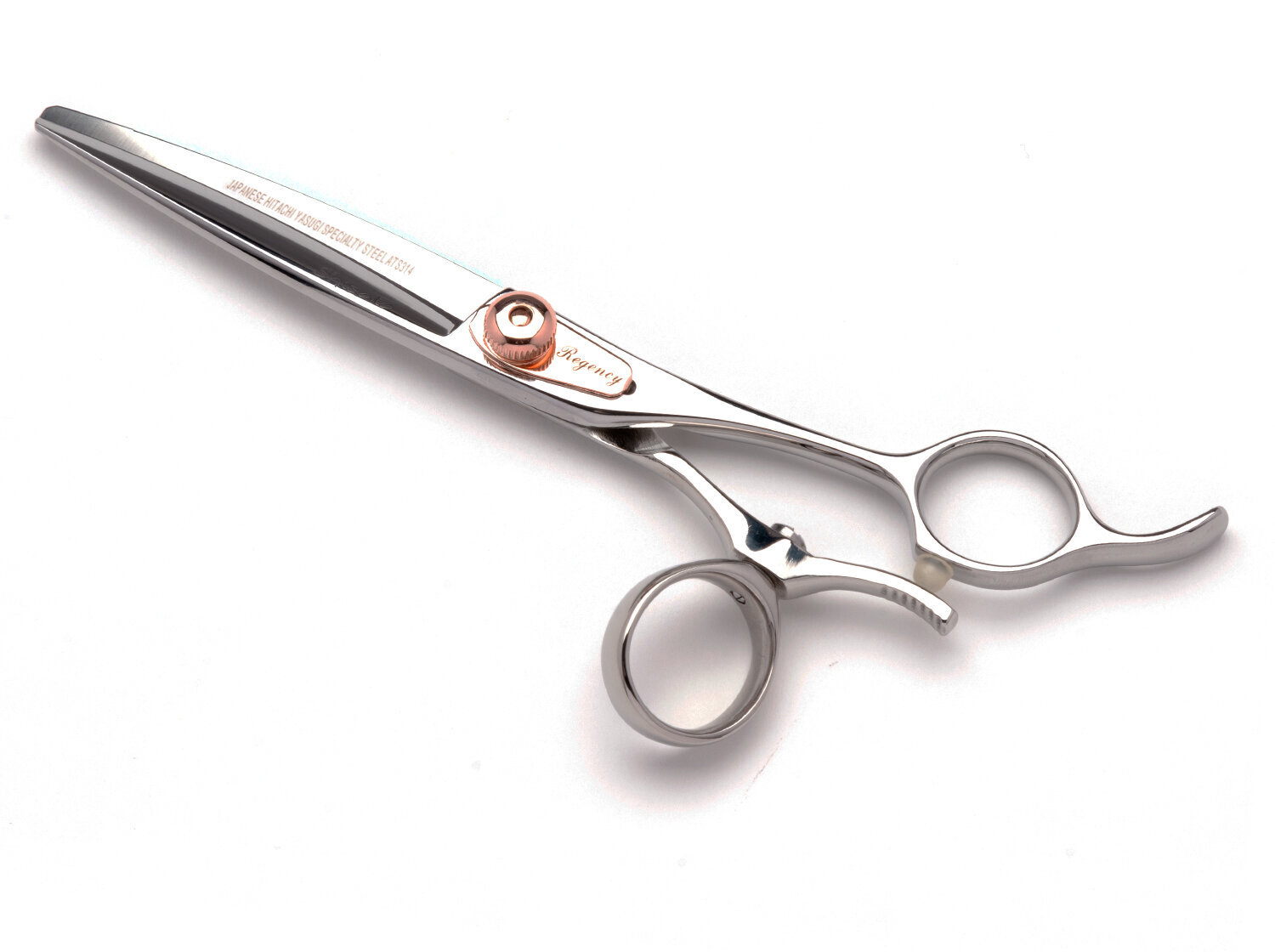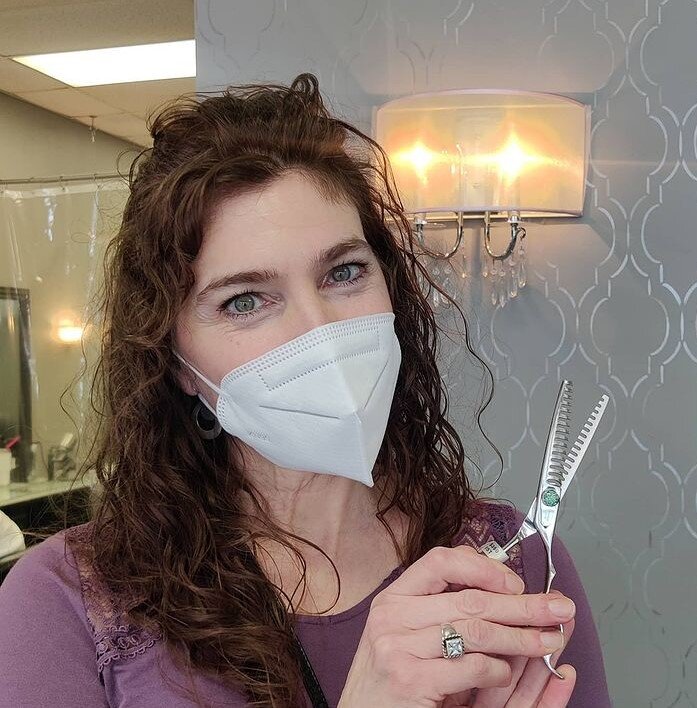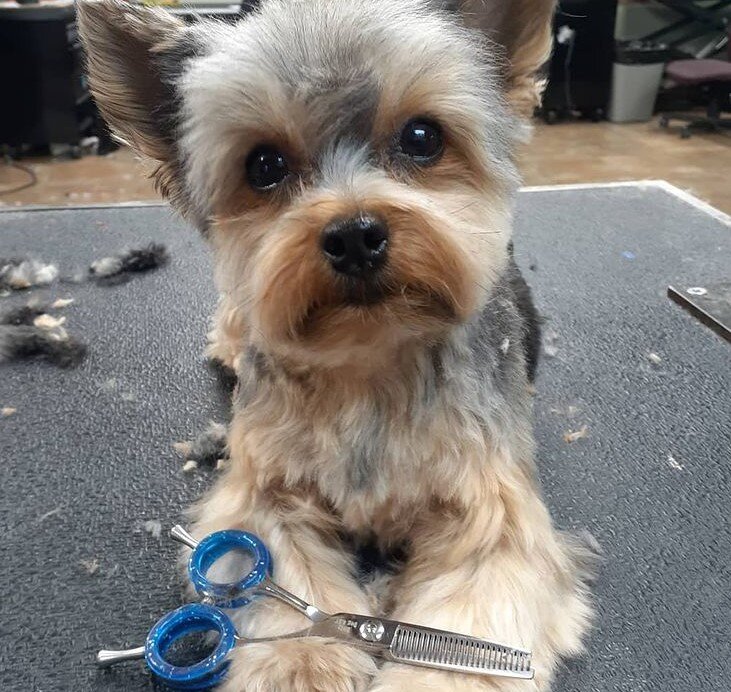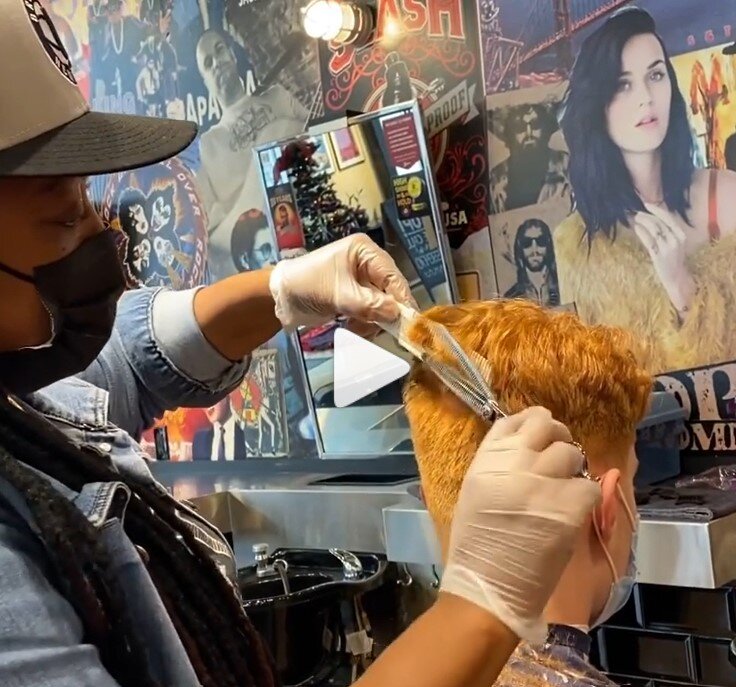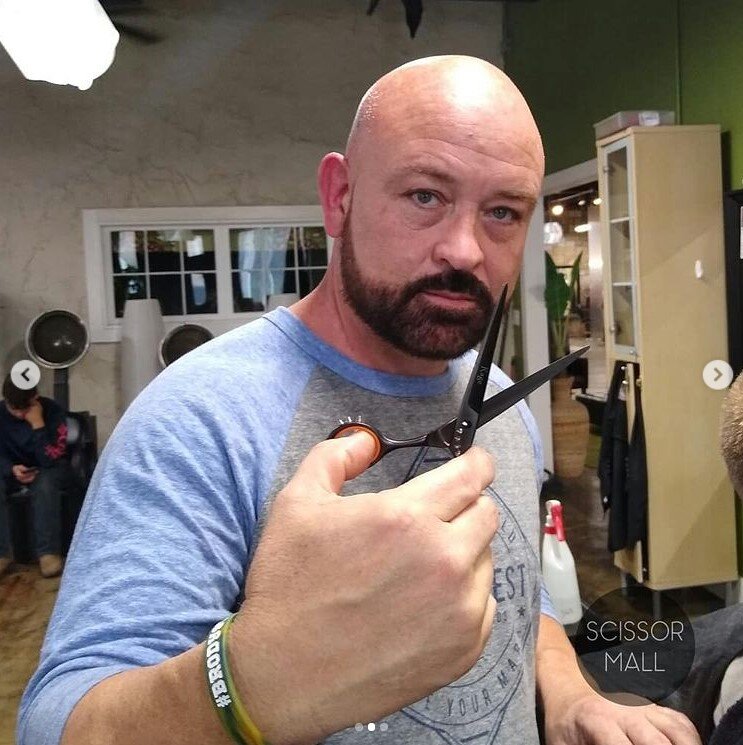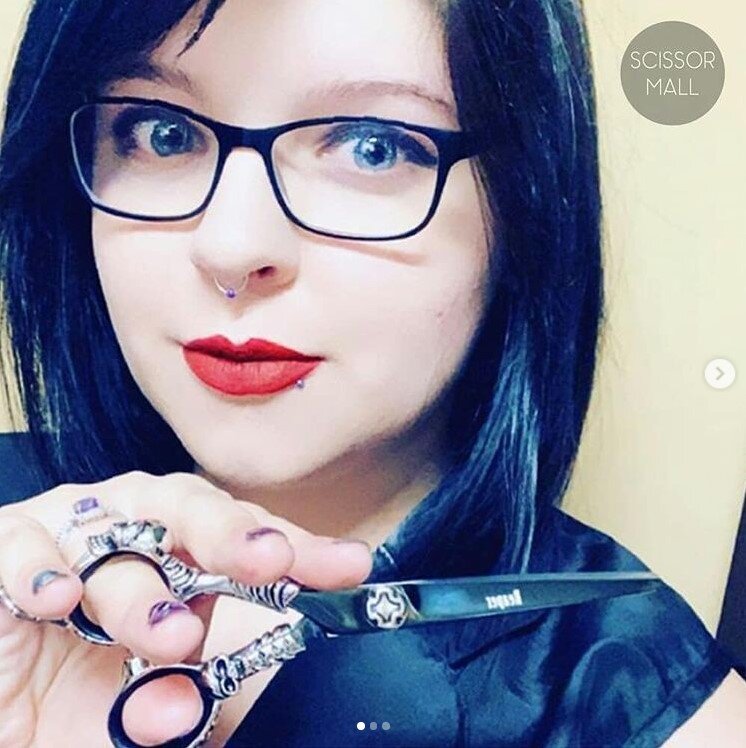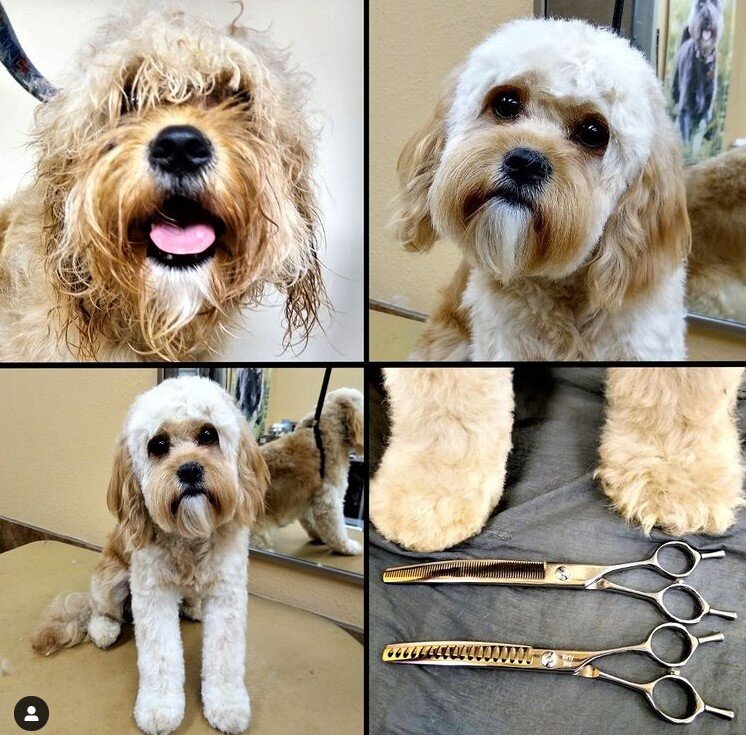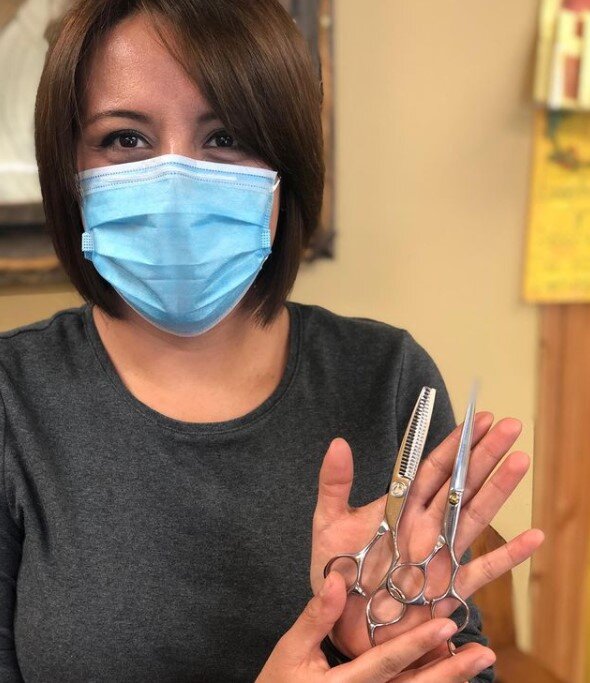Forged Vs. Cast Steel for Hair Shear Selection
/The very best hair shears made today come from steel materials, but there are a few important designations within the world of steel that separate them. One of these descriptors that’s extremely important for many stylists, but also that’s sometimes glossed over during the hair shear selection: Whether the steel in question is forged or cast.
At Scissor Mall, we’re here to provide a wide range of high-quality steel hair shears, including hand-forged steel options like the Shisato Regency Swivel and many others of a variety of types. We’re experts in the steel used to create our incredible hair shears, including the differences between cast and forged steel. Which of these is generally considered superior for hair shears, why is this the case, and what are some other important factors to keep in mind while evaluating steel quality for any pair of hair shears you’re considering? Here are several themes to consider.
Combining Skills and Equipment
Firstly, a quick general word to stylists on the importance of hair shears. The shears are obviously a vital part of any stylist’s approach, and many consider them to be almost an extension of their body; on the flip side, there are those who put less thought or effort into their shears and more into their specific techniques.
Our general advice here: These don’t have to be separate areas, and in fact are both improved when they’re combined in simple ways. For instance, your ability to hone and fine-tune a distinct skill or cut format will be limited if you’re using a low-quality hair shear for practice; if you have a great set of shears, on the other hand, your practice will feel more like the real thing. This is why we spend so much time helping our stylist clients find the ideal hair shears, allowing them to set a great baseline for all their services and training needs.
Forged Vs. Cast Steel Manufacturing
As we dig into forged steel versus cast steel for hair shears, let’s first go over how they’re manufactured in each case:
Cast shears: To create cast steel hair shears, the steel will be heated all the way up to the point where it liquidates. At this point, it will be poured into a suitable cast, then allowed to fully harden into the final product.
Forged shears: This process also involves heating steel, but to a slightly lower point just below liquidation. From here, the metal will be struck repeatedly and cooled using a rapid process, changing the molecular structure so the steel becomes denser. The blade and handle of the shears will be forged separately during this process, then welded together to bring even greater overall strength and balance.
As their manufacturing processes indicate, forged steel is the more durable and generally longer-lasting of the two, both overall and in terms of ability to hold a sharp edge. Our next section will go over some more details on why this is the case, plus some basics on cast steel shears and what you should know if you’re considering them.
Forged is Preferred
The primary reason cast steel shears are a bit less desirable is the separation of molecules in the steel. The cooling process we described above for cast steel shears involves the metal cooling in the mold it’s placed in, but this allows molecules to expand and separate – this, in turn, weakens the steel. This means the steel will not hold its edge as long, even with quality sharpening solutions; in addition, cast shears are made in one piece rather than in two, and this often limits their balance qualities significantly.
On the flip side, forged steel is a more complex and involved process, especially for cooling. Cooling involves both actual temperature needs and hammering, which makes the shears denser with each repetition of the process – and it’s often repeated several times. Naturally, this also means forged steel shears tend to be more expensive than cast steel shears, as they are expected to last longer and perform better.
Now, does this mean you should never purchase cast steel shears? Not necessarily, though you should take some precautions when doing so. Cast shears, or a slightly lower-level version called stamp shears, will not be as sharp and will come with more blade drag – but if they’re only being used for certain short-term purposes, they might be cost-effective. In addition, there are certain cast shears that will be digitally finished today, and while this process doesn’t quite make them equal to forged shears, it’s a good one that creates at least a middling-quality shear. If you do go with a cast shear, however, be prepared for it not to last as long as forged steel shears, or you’ll be disappointed.
Steel Source
Also important here is the source of the steel itself, specifically the country it comes from. While there are several great sources for hair shear steel today, Japan remains the gold standard here, particularly for their cutting blades – these will be the priciest options in most cases, yes, but this is because of the top-of-the-line value they bring.
Other high-quality sources for hair shear steel include Germany, Korea, Taiwan, China, and even Pakistan or India, though none of these quite match the consistent excellence of Japanese steel. Also important here are factors like proper steel alloy and the process used to manufacture the steel, which will vary by craftsman.
For more on forged versus cast steel hair shears, or to learn about any of our hair shears or other services, speak to the staff at Scissor Mall today.

